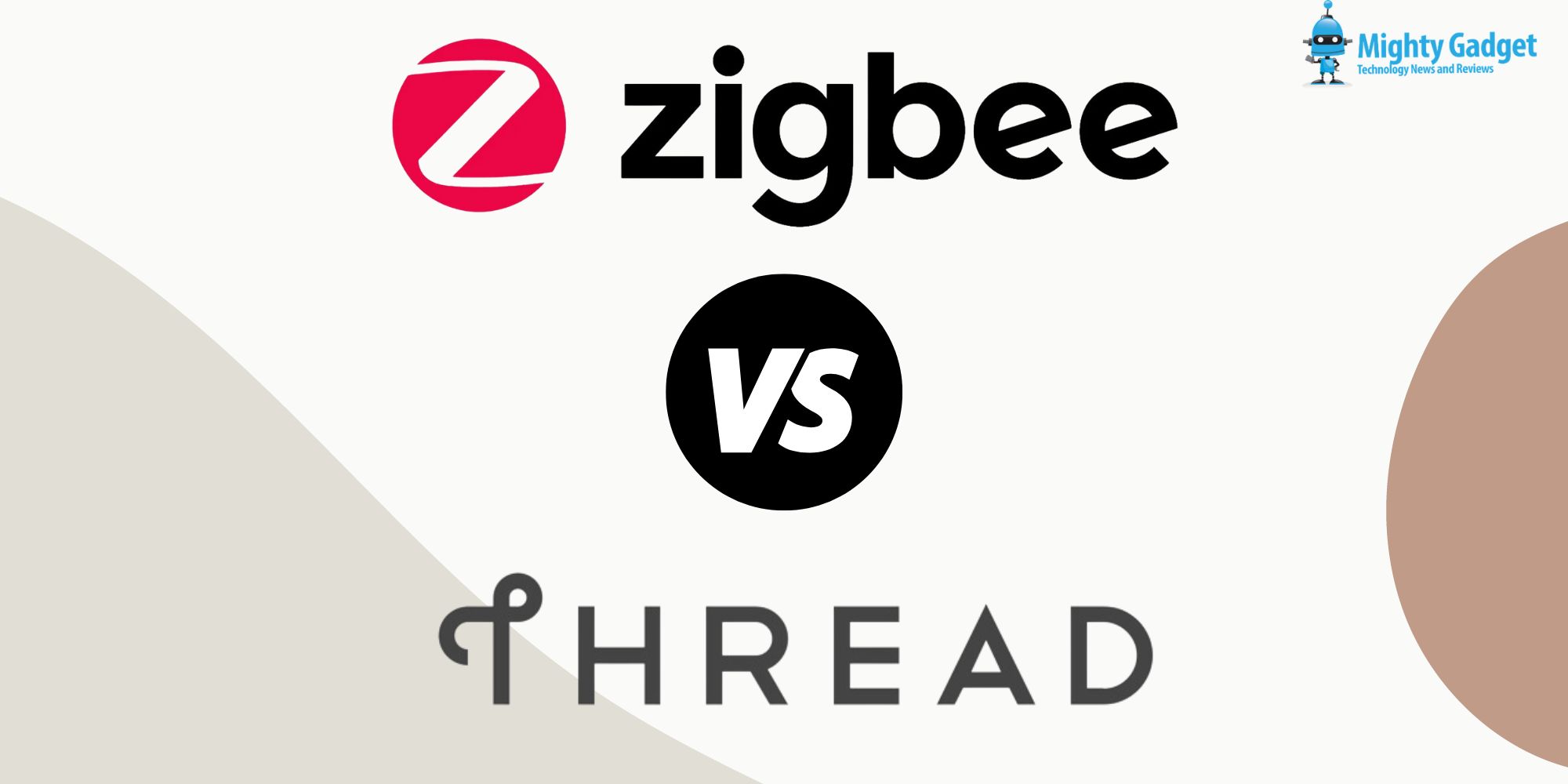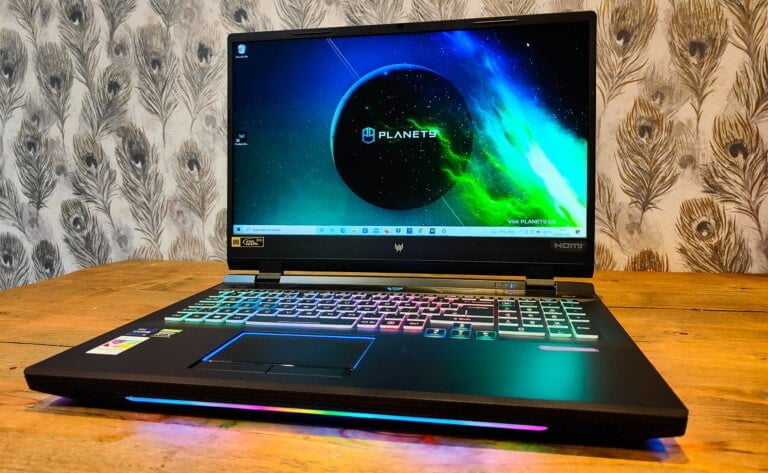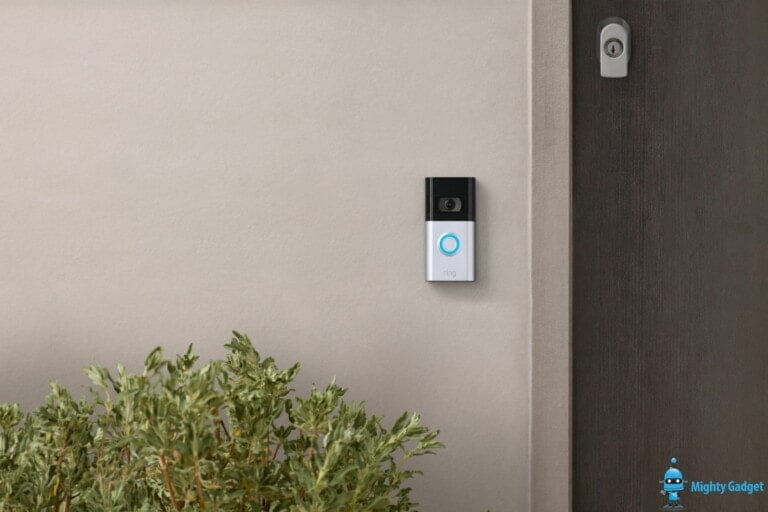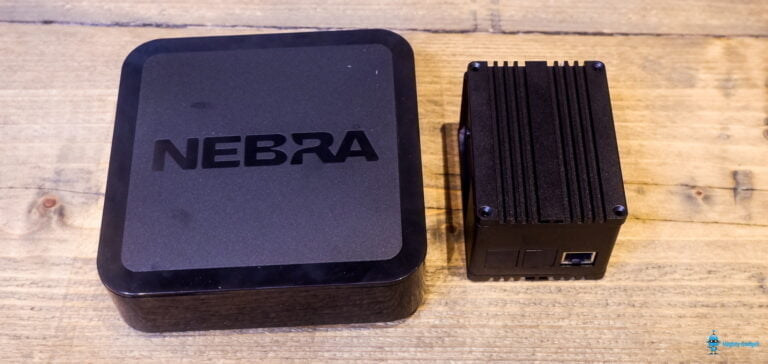Any links to online stores should be assumed to be affiliates. The company or PR agency provides all or most review samples. They have no control over my content, and I provide my honest opinion.
I previously wrote an article comparing Zigbee vs Z-Wave and the pros and cons of each smart home technology.
Thread is a new smart home communication protocol that builds upon the Zigbee specification and is available at no cost; however, this requires agreement and continued adherence to an End-User License Agreement (EULA). Albeit, you have to be part of the Thread Group to be allowed to use it.
Some of this article was generated using ChatGPT as I wanted to see if it was able to accurately compare the two technologies (mostly the Z-wave bit). I have added some additional information myself, especially with Thread and the conclusion. One issue with ChatGPT is that it has limited knowledge of events that occurred after September 2021. This, therefore, makes it less than ideal for a lot of tech-focussed content.
What are Zigbee and Thread
Zigbee and Thread are two popular wireless communication protocols used in home automation and smart devices. Both of these technologies use mesh networking, where multiple devices can communicate with each other, and the data packets are relayed from one device to another. However, there are some differences between the two that can affect their performance and usability. In this guide, we’ll explore the differences between Zigbee vs Thread and their pros and cons.
Zigbee
Zigbee is an open wireless communication protocol developed by the Zigbee Alliance. It operates on the 2.4 GHz frequency band, which is the same as Wi-Fi and Bluetooth. Zigbee uses a mesh network topology, which allows for better coverage and reliability in larger networks.
Pros
- Open protocol: Zigbee is an open protocol, which means that it’s not limited to a single manufacturer. This allows for more device choices and better interoperability.
- Lower cost: Zigbee devices tend to be less expensive than Thread devices, making it a more affordable option.
- Bandwidth: Zigbee has a higher bandwidth than Thread, making it capable of supporting high-bandwidth applications like video streaming.
- Scalability: Zigbee can support a larger number of devices in a single network compared to Thread.
Cons
- Interference: Zigbee operates on the same frequency band as Wi-Fi and Bluetooth, which means that there may be interference from other wireless signals.
- Security: Zigbee uses weaker encryption compared to Thread, making it less secure.
- Power consumption: Zigbee devices tend to use more power than Thread devices, which means they may need more frequent battery replacements.
- Range: Zigbee has a shorter range compared to Thread, making it less suitable for larger homes or buildings.
Thread
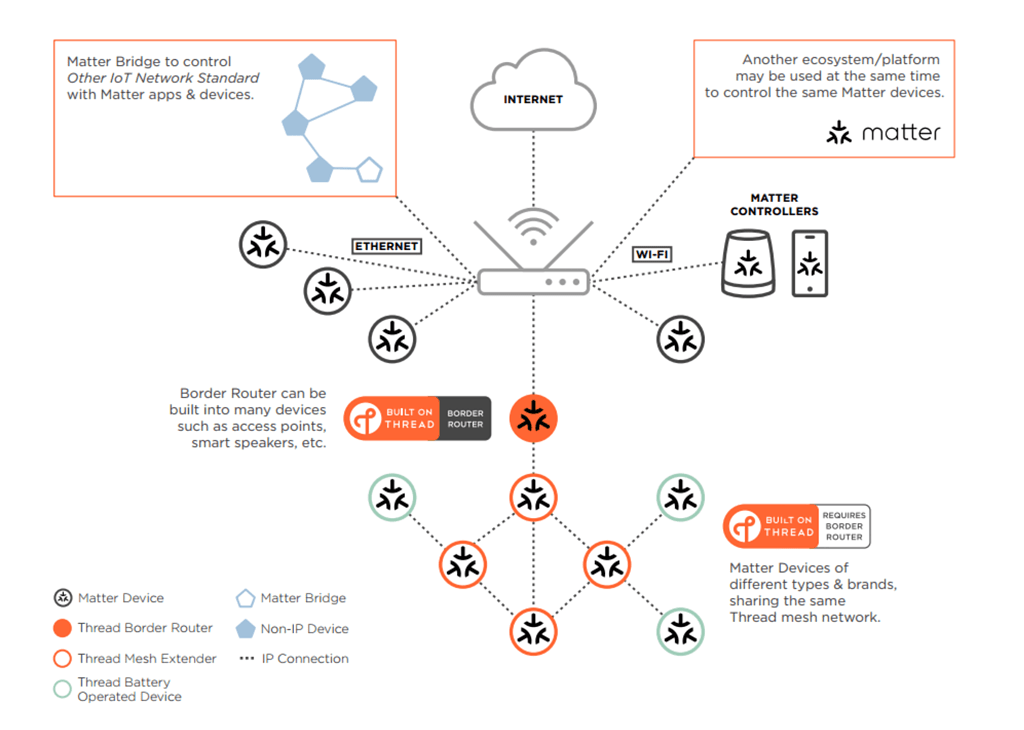
Thread is an open wireless communication protocol developed by the Thread Group.
Thread uses 6LoWPAN, which, in turn, uses the IEEE 802.15.4 wireless protocol with mesh communication, which is based on the 2.4 GHz frequency band, just like Zigbee.
The big difference as far as functionality goes is that Thread is IP-addressable, with cloud access and AES encryption. Because Thread is IP addressable, it doesn’t need the same sort of smart hub as Zigbee, and we have seen devices like Google Nest WiFi Pro launch as a Thread border router.
Pros
- Security: Thread uses AES 128-bit encryption, making it a secure communication protocol for smart home devices.
- Interoperability: Thread is designed to work with other IP-based protocols, which means that it can integrate with other systems such as Wi-Fi or Ethernet.
- Less power-hungry: Thread devices use less power than Zigbee devices, which means they can last longer on batteries.
- Range: Thread has a longer range than Zigbee, making it a better choice for larger homes or buildings.
Cons
- Limited device choices: Thread is a relatively new technology, which means that there may be fewer devices that support it compared to Zigbee.
- Cost: Thread devices tend to be more expensive than Zigbee devices.
- Bandwidth: Thread has a lower bandwidth compared to Zigbee, which means it may not be able to support high-bandwidth applications like video streaming.
- Scalability: Thread can support a limited number of devices in a single network compared to Zigbee.
Overall
When it comes to choosing between Zigbee vs Thread, Thread is most likely the better overall solution. But with this comparison, it is less about choosing between buying Zigbee and Thread products. Thread is very new, with a limited number of devices available. Zigbee devices can theoretically be upgraded to Thread, and this appears to be what Aqara have planned with many of its devices. It is possible, if not very likely, that we will see Thread and Zigbee coexist for a long time.
A user on reddit covered the benefits of Thread over Zigbee, and this was two years ago, so it is likely things have changed (and hopefully improved further) for Thread:
- Much lower latency (often half of Zigbee’s); Thread seems to send the commands in the first packet, not wait for back-and-forth connection establishing.
- Much better performance in the mesh network – especially over multiple hops
- No need for a hub – all IP based, directly addressable without “translations” by a hub to the rest of the network
- As redundant and safe as the internet, using proven IP technologies
Originally posted on mightygadget.com – Follow on Twitter – Instagram – Facebook – Mighty Gadget Latest Reviews
[wpcode id=”676000″]
I am James, a UK-based tech enthusiast and the Editor and Owner of Mighty Gadget, which I’ve proudly run since 2007. Passionate about all things technology, my expertise spans from computers and networking to mobile, wearables, and smart home devices.
As a fitness fanatic who loves running and cycling, I also have a keen interest in fitness-related technology, and I take every opportunity to cover this niche on my blog. My diverse interests allow me to bring a unique perspective to tech blogging, merging lifestyle, fitness, and the latest tech trends.
In my academic pursuits, I earned a BSc in Information Systems Design from UCLAN, before advancing my learning with a Master’s Degree in Computing. This advanced study also included Cisco CCNA accreditation, further demonstrating my commitment to understanding and staying ahead of the technology curve.
I’m proud to share that Vuelio has consistently ranked Mighty Gadget as one of the top technology blogs in the UK. With my dedication to technology and drive to share my insights, I aim to continue providing my readers with engaging and informative content.

